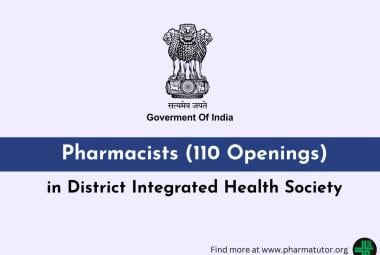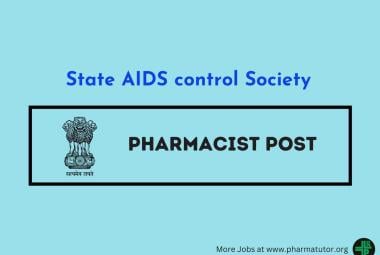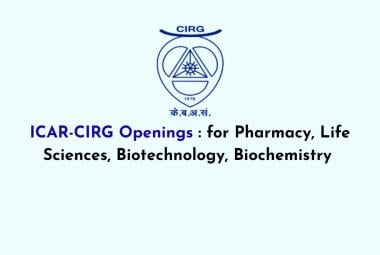 ABOUT AUTHORS:
ABOUT AUTHORS:
P.PRATHYUSHA*
Department of Pharmaceutics,
Raghavendra Institute of Pharmaceutical and Educational Research,
Anantapur, A.P, India.
* prathyusha2012@gmail.com
ABSTRACT
In the present investigation, an attempt was made to formulate the Oral Controlled Release Matrix Tablets of Glibenclamide in order to improve efficacy, reduce the frequency of administration, reduce dose related side effects and better patient compliance. Four formulations were prepared by wet granulation method using Ethyl cellulose and as a polymer in the ratio of 1:1, 1:2 and 1:4 and Conventional Tablets by using Starch mucilage as a granulating agent. The formulated granules showed satisfactory flow properties. All the tablets formulation showed acceptable pharmaco technical properties and complied with pharmacopoeial standards. The tablets were evaluated for weight variation, hardness, friability, drug content and invitro dissolution studies. In- vitro release studies were carried out at pH1.2 for first 2 hrs followed by phosphate buffer at pH7.4 over a period of 12hrs using USP dissolution apparatus. F3 shows good initial release of 25.2% in 1 hr and may extend release of 96.8% in 12 hrs. Different release models like zero order, first order, higuchi, Hixson-Crowell and krosmeyer-peppas were applied to invitro drug release data in order to evaluate the drug release mechanisms and kinetics. Formulated matrix tablets were compared with conventional and marketed (diaonil 5mg) formulations. Matrix tablets with optimum concentration of Ethyl cellulose were successfully developed and evaluated.
 About Authors:
About Authors:


 ABOUT AUTHORS:
ABOUT AUTHORS:
 A global healthcare leader, Novartis has one of the most exciting product pipelines in the industry today. A pipeline of innovative medicines brought to life by diverse, talented and performance driven people. All of which makes them one of the most rewarding employers in their field.
A global healthcare leader, Novartis has one of the most exciting product pipelines in the industry today. A pipeline of innovative medicines brought to life by diverse, talented and performance driven people. All of which makes them one of the most rewarding employers in their field.





